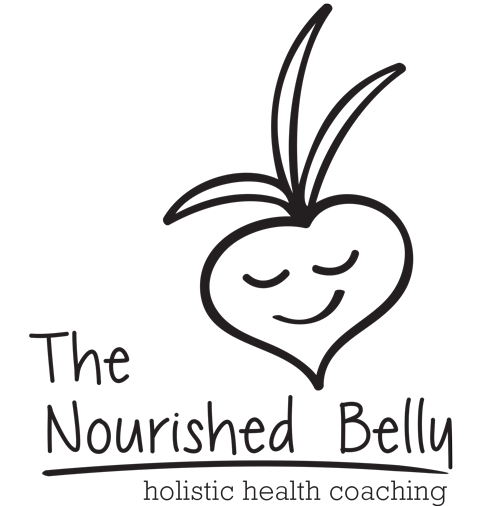In my practice and classes, I often get asked about the healthiest cooking oils. If you remember my last posting about which cooking oils to use, you will remember that I’m a fan of using saturated fats. I use butter pretty often, but if I was honest and true to myself...dairy, unfortunately, is not my friend. Did you know that about 90% of Asian Americans are lactose intolerant? And 75% of African Americans? It’s sad, but true. Cooking oils are fundamental in your cooking practice. They not only provide a subtle flavor that permeates the entire dish, but they also provide the healthy fats that make you feel satiated. In my kitchen, coconut oil and ghee are my fats of choice. They are both highly saturated fats, heat stable, and can be stored outside of the refrigerator. I'll wait until my next posting to talk about ghee, read on to find out all about coconut oil.
Coconut Oil:
Coconuts in general find their way into my diet pretty regularly. Coconut water for after exercising, coconut milk for curries and desserts (Native Forest is a good brand to buy, no BPA in the lining), and coconut oil from frying eggs to baking. Coconut has really exploded in the last few years, but I’m rather fond of this fad because it actually has extremely healthful properties. Coconut oil originally received a bad reputation when a Minnesota researcher fed fully hydrogenated coconut oil to rats and watched a sharp increase in their cholesterol levels. We now know that it was the hydrogenation of the oil and the resulting trans fats, which raised the cholesterol. However, even today, coconut oil still has a stigma of being a “heart attack” oil.
For a number of reasons, coconut oil is extremely beneficial. First off, it is 92% saturated fat, making it extremely stable when heated, and furthermore, over 2/3 of its fatty acids are medium chain fatty acids. There are three types of fatty acids: short, medium, and long. Long chain fatty acids require bile from our gall bladder to be broken down. Since bile is not required to breakdown medium chain fatty acids, research shows that these types of fats are much more easily used by the body for energy. Coconut oil has also been shown to increase metabolism.
Coconuts are also one of the few plant sources of a fatty acid called lauric acid, the only other abundant source being in human breast milk. Keeping in mind that breast milk passes on many healthful, immune enhancing properties to a newborn, the lauric acid in coconut oil is a pretty amazing thing. It enhances both brain and immune system function. Capric acid also makes up 7% of the fatty acid content and it is known for being antiviral, antibacterial, and anti fungal. Pretty powerful stuff.
You can substitute coconut oil for lard or butter (please don’t say you use vegetable shortening! Trans fat fest…..). However reduce the amount you use in the recipe by about quarter, otherwise it will be too greasy. It’s also great for massages or moisturizing. Have you ever heard the saying, "don’t use anything on your skin that you wouldn’t eat?" Coconut oil is thus perfect...and it smells great.
I love using coconut oil in baking, but one of my favorite ways to use it is with kale and coconut shreds. The fat in the coconut oil helps to make the carotenes in the kale more absorbable....
Kale with Coconut Oil and Coconut shreds
1 bunch Kale (any type) roughly chopped
1 clove garlic (minced)
1 T of coconut shreds
1 T soy sauce
Heat a large saute pan and place in a spoonful of coconut oil. Add chopped kale, stirring to make sure each leaf is covered with the oil. Add coconut shreds, a splash of water and cover for about 30 seconds. Uncover and stir in minced garlic and stir continuously until leaves are a nice, dark green. Add soy sauce and serve! (Serves 2-3)
Enjoy and stay tuned for the next posting about ghee and why it always has a place in my kitchen....
References:
Fallon, Sally and Mary Enig, Ph.D. (2001) Nourishing Traditions. Washington D.C.: New Trends Publishing
Murray, M. (2005). The Encyclopedia of Healing Foods. New York: ATRIA Books.
Ross, Julia. (1999) The Diet Cure. New York: Penguin Books.
Wood, Rebecca. (2010) The New Whole Foods Encyclopedia. New York. Penguin Books.

